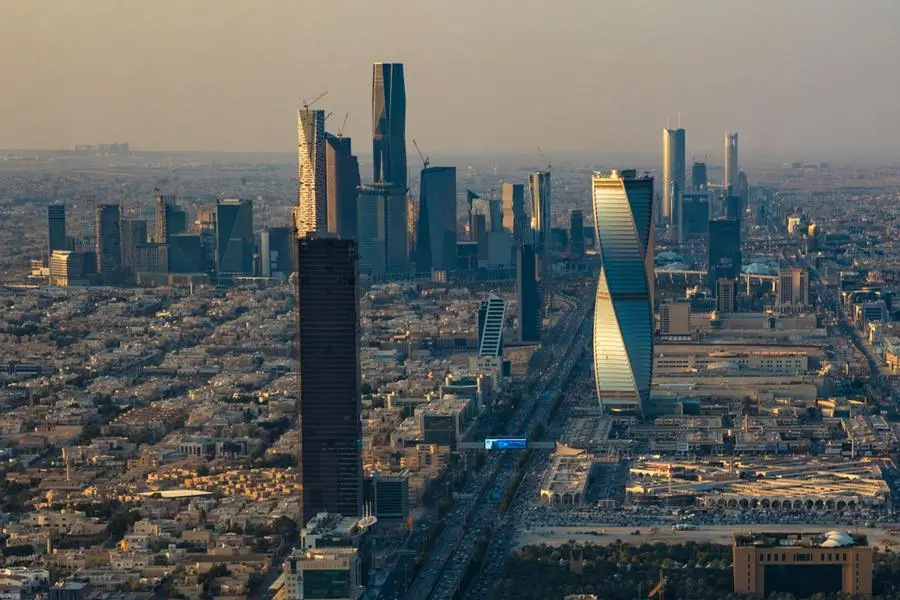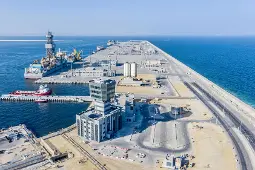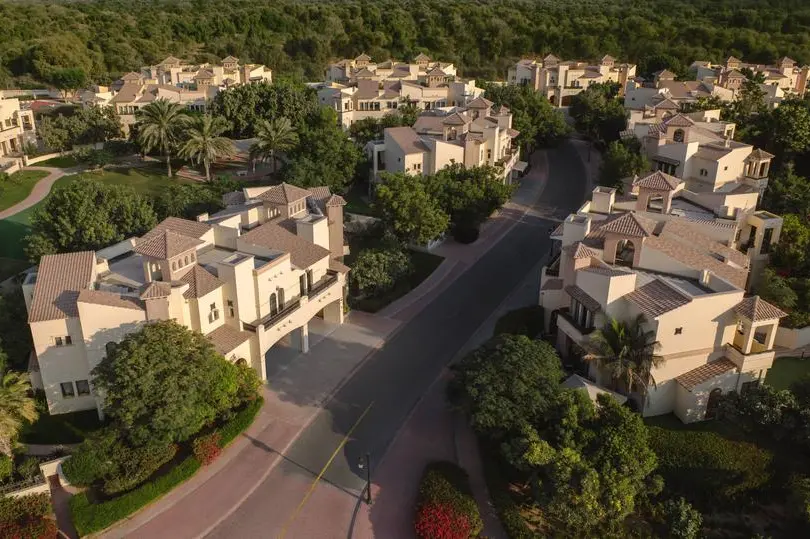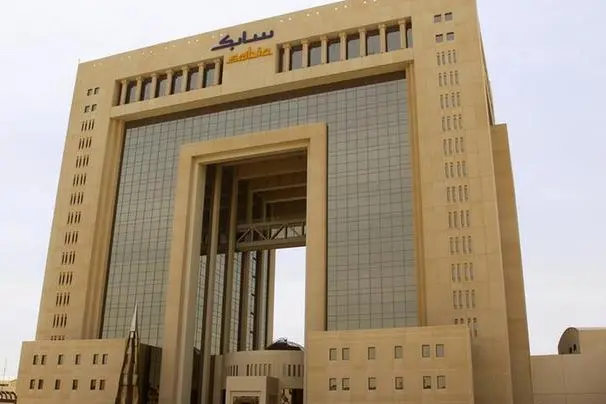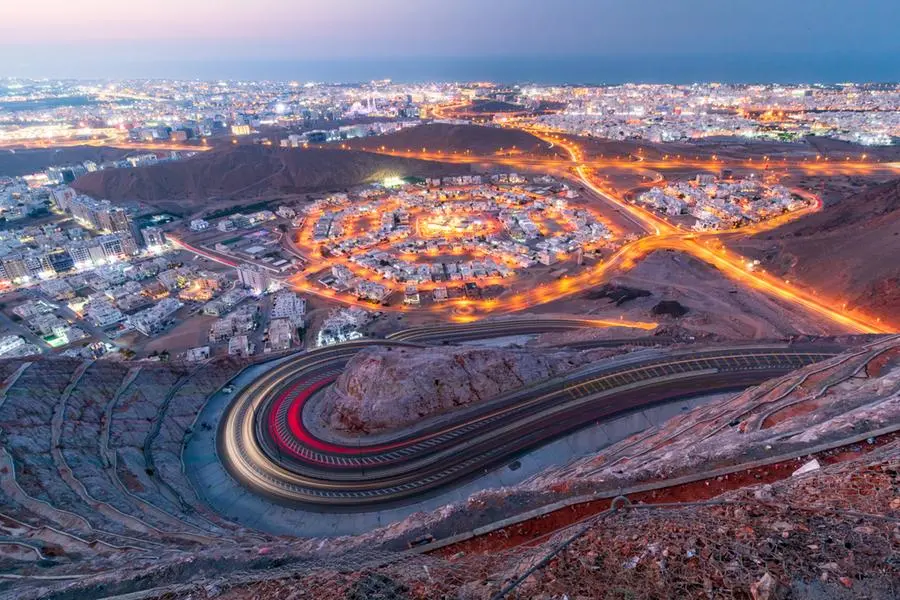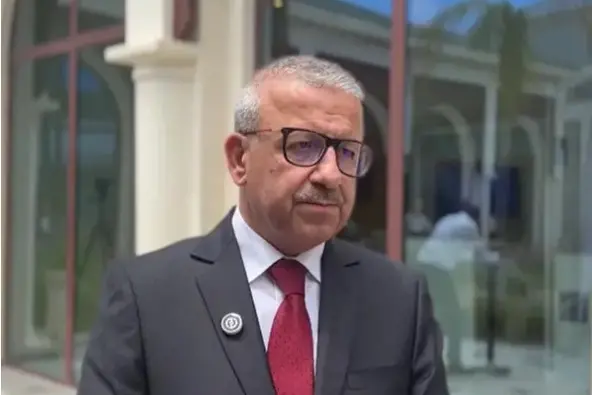As we write today, the IMF just updated their World Economic Outlook. Between improving inflation trends and China’s reopening, they upgraded their 2023 global growth forecast to 2.9% from their previous 2.7%. Good news? Of course, it doesn’t hurt. But it’s interesting to note that it’s their third adjustment in a year. Yes, even for the IMF, with hundreds of economists all around the world, visibility is low. They are not alone: most forecasters were way too optimistic a year ago and way too pessimistic in the third quarter of last year, just before things started to improve. Unpredictability is real and has implications for your investments.
What has changed?
We all know the quote from Danish physicist Niels Bohr: “Prediction is very difficult, especially if it’s about the future”. When it comes to markets, if the short term is always impossible to forecast, at least there are regimes – or so called “secular” trends, that can guide portfolio decisions over a reasonable multi-year horizon. The post-World War II reconstruction. The hyperinflation of the 70s. The internet becoming mainstream. The new globalization from China joining the WTO. These economic phenomena do not develop in months, but in years, if not decades.
For us, 2022 was not just an isolated awful year for investments. It marks the transition between an era of low inflation, abundant liquidity and happy globalization to a more unstable one. “This time is different” is always a dangerous statement when it comes to investment, but sometimes, regime shifts. We believe that a new landscape has emerged from the disruptions of the last three years. With the return of inflation, central banks focus on their existential mission, which is price stability over anything else. Their tools are not friendly: higher interest rates to slow down demand and contain employment. This is a shift, and it happens at a time when global debt has never been so high, which creates financial vulnerability. And higher inflation is not just about the post-covid reopening: costs are rising with less globalization, as well as green transition and increased security needs to fund. There’s something structural in the problem, and some dramatic dilemma in the solution. One key hope of course is that technology will help with productivity gains. It is probable – AI in particular- but it will take time and may raise other questions, typically on employment. This is delicate situation, which will not find an immediate answer, and certainly not a global one. This is why it’s a shift that should last and support unpredictability.
What to do?
This is where the good news start: there are responses.
The first one will not surprise our regular readers: portfolio construction. One clear positive from the market disaster of 2022 is that the monstrosity of zero / negative interest rates has disappeared. Risk-free income is back, and investors don’t need to take outsized risks to get decent nominal yields. Of course, this has to be tempered in real terms, but higher inflation doesn’t mean negative real rates for ever. Crucially, with positive nominal yields, safe bonds have reconstituted their diversification potential against risk assets, and this is good for diversified portfolios. Bond prices can now go up again when the economy goes down. Finally, but importantly, the West is not the world. Inflation, and to some extent, debt issues are much more prominent for developed economies. The emerging giants are less in trouble: structural growth in India, contained inflation in China where the authorities can afford the luxury of economic stimulus are good examples. Globalization is shrinking, but in the repositioning of strategic alliances and economic interests, countries wise enough to maintain harmonious relations with several poles could get outsized benefits. The UAE is obviously one of them. Bottom-line, the first response is to rebuild portfolio construction around a different opportunity set, combining risk-reward analysis with the new secular trends.
Apart from this work of strategic asset allocation, the other response is to be nimble and open minded. Volatility creates opportunities. We’re not talking about single trade speculation, which is probably as dangerous as ever, but about tactical adjustments being made to the strategic asset allocation to seize temporary inefficiencies. They will happen, between macro uncertainty and investors’ nervousness. Then it’s about conviction, calibration, and risk control – including recognizing and reversing mistakes. The current era may also see the return of active management versus index replication.
To illustrate, we started 2023 with a fully reshuffled strategic asset allocation to adapt to what we see as a secular change. With regards to tactical positioning, we look for safe income in developed markets, where we think that valuations are more compelling for cash and safe bonds than for riskier assets. By contrast, we look for capital appreciation in stocks from emerging markets: cheaper, less crowded, with better fundamentals. It may change, it will change: unpredictability is the norm and we all have to adapt.









